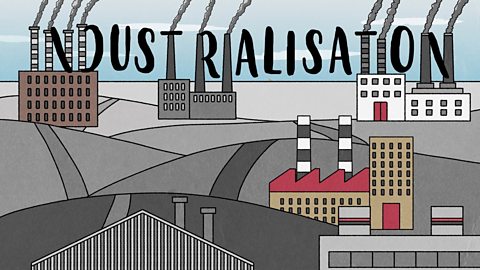A parliament is an assembly of people with authority to make laws for a country.
The word comes from the French word 'parler', which means to talk.
In the United Kingdom, parliament is made up of two houses or debating chambers: the House of Commons and the House of Lords.
Members of the House of Commons are democratically elected, while members of the House of Lords are either hereditary peers or appointed members.
Parliament's job is to check and challenge the decisions of government. This means the government cannot pass laws or raise taxes without parliament's agreement.
The power of parliament in the United Kingdom has increased over time.
In the past, the monarch held absolute power. Throughout history, there have been a number of challenges to the monarch's power with some key turning points.
In the 16th century, Henry VIII wanted to divorce his wife, Catherine of Aragon, but the Roman Catholic Church didn't allow divorce. So, Henry broke away from the Roman Catholic Church and established the Church of England. He made himself supreme head of the Church of England, meaning he could make the rules to suit himself.
But in order to do this, Henry needed parliament's support. He was forced to meet some of parliament's demands to share power.
In the 17th century, conflict arose between the King, Charles I, and parliament, which led to the English Civil War.
There were many reasons for this conflict with Charles I claiming the divine right of kings, as well as religious differences and a lack of money in the royal treasury.
When parliament refused to grant taxes to support the King's Army, Charles dissolved parliament.
This triggered the civil war between the King's Army and the Parliamentarians, led by Oliver Cromwell and his New Model Army.
After 10 years of conflict, with some key battles, including the Battle of Edgehill in 1642, and the Battle of Naseby in 1645, and a death toll of over two hundred thousand, in 1649 the Parliamentarians finally won the day.
The king was put on trial, found guilty of treason and executed.
As the 17th century drew to a close, parliament continued to lobby to take more power from the monarch, and in 1689 it passed a Bill of Rights.
This bill outlines specific constitutional and civil rights, giving parliament power over the monarchy. The bill firmly established the principles of parliament: frequent parliament's, free elections and freedom of speech in parliament. It also ruled that taxation must be agreed by parliament.
These are still the core principles by which we're ruled in the United Kingdom today.
It's only since the beginning of the 20th century that all members of the House of Commons have been democratically elected by universal suffrage, placing power in the hands of the people.
Video summary
An animation for KS3 students about Parliament and how struggles in Britain between monarchy, church and state have changed its power over time.
After defining the term βparliamentβ, the film explains how the parliament of the United Kingdom is made up and how it relates to government. It then describes some key turning points in history when the power of parliament increased: Henry VIIIβs break from the Roman Catholic church, the English Civil War and the passing of a Bill of Rights outlining peopleβs constitutional and civil rights and giving parliament power over the monarchy. It ends by saying that it is only in the 20th century that parliament has been democratically elected by universal suffrage, placing power with the people.
Illustrative examples are chosen from popular schemes of learning so that learners can confidently apply their knowledge and appreciate the dynamic nature of the concept being explained. This short film could be used to support learners investigating:
- The development of Church, state and society in Medieval Britain 1066-1509
- The struggle between Church and crown
- Magna Carta and the emergence of Parliament
- The development of Church, state and society in Britain 1509-1745
- The causes and events of the civil wars throughout Britain
- The Interregnum (including Cromwell in Ireland)
- The Restoration, βGlorious Revolutionβ and power of Parliament
- Ideas, political power, industry and empire: Britain, 1745-1901
- Party politics, extension of the franchise and social reform
- Challenges for Britain, Europe and the wider world 1901 to the present day
- Womenβs suffrage
Teacher Notes
This short film can be used for whole class direct instruction or with smaller groups and individuals.
Since the film is designed to help clarify understanding of the emergence of parliament and its growing power, it can be used as a flexible tool to help learners make connections and think about changes and causation leading to similarity and difference across time periods.
It can be revisited throughout the key stage, depending upon learnersβ differing needs and starting points, to help reinforce the umbrella term, consolidate knowledge and understanding and aid progression.
Accompanying videos on Government and Suffrage might be helpful to students wishing to widen their studies, know more or take a more ambitious approach.
Suggested activities:
Individually or in groups, students could predict the film content in advance, drawing up a key word list and, whilst watching, cross check what they thought they would hear with what they learned. This could help correct any preconceptions, assumptions or misconceptions.
The film could be preparatory work, with students encouraged to watch and generate questions before a sequence of learning
Students could actively watch whilst answering a series of questions generated by the teacher tailored to the period under study.
Students could secure their chronological understanding of the topic by drawing a timeline, tracking the emergence of parliament, noting key turning points in parliamentβs development and progression to power.
This short film is relevant for teaching history at KS3 in England, Wales and Northern Ireland and 3rd Level in Scotland.
Government. video
An animated film for KS3 students outlining what government is, and different styles of government.

Communism. video
A short animation for KS3 student about communism: its core beliefs, and its followers and critics.
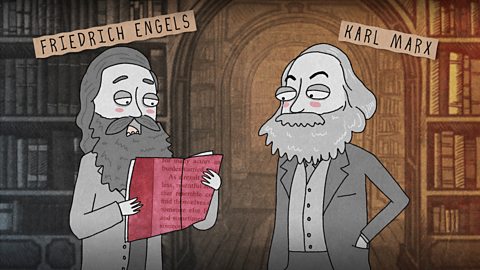
Capitalism. video
A short animation for KS3 students about capitalism: its core beliefs, its followers and critics.
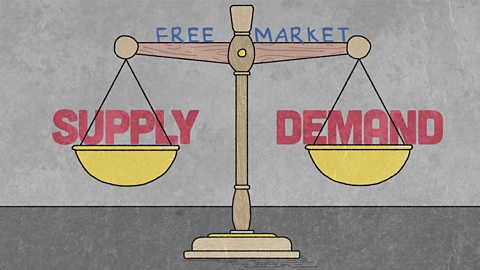
Revolution. video
A short animation for KS3 students about the meaning of revolution when used in history, covering some significant political and social changes.
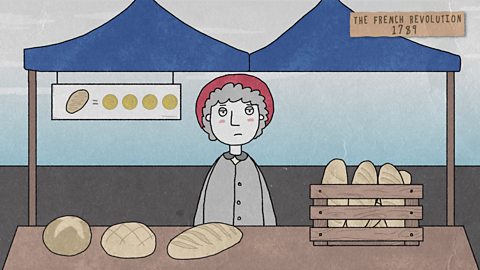
Suffrage. video
An animation for KS3 students about the struggle for full adult suffrage in the United Kingdom.
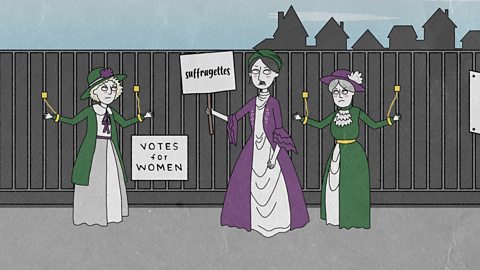
Migration. video
An animation for KS3 students on the impact of migration to, from and within Britain over time.
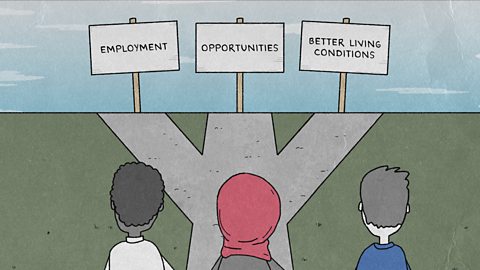
Fascism. video
An animation for KS3 history students about fascist ideology in the 20th century.
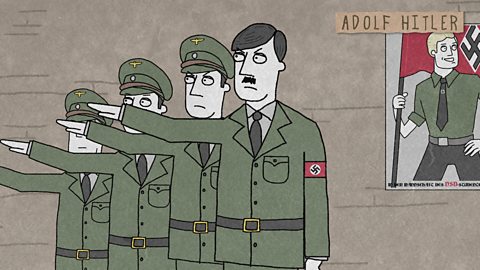
Empire. video
An animation for KS3 history students about the concept of empire, with a brief look at the Roman Empire and the rise and fall of the British Empire.

Industrialisation. video
An animation for KS3 history students about industrialisation: Britain's role in the Industrial Revolution and how industrialisation has spread across the globe.
